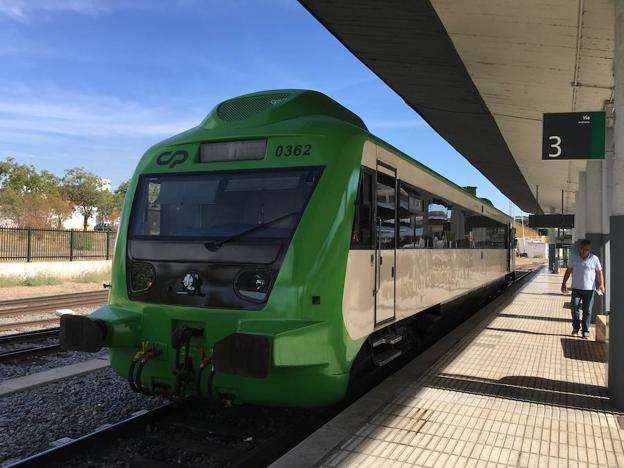Last Tuesday I had a very rail day. I was traveling to Badajoz from Cáceres and I did it by train. That meant a trip of four hours, two outbound and two back, but I did not care because I took the computer and used to work in the tranquility of the car: being a weekday, the trains are almost empty and there are no students crowding the cars and talking on the phone non-stop.
As soon as you leave Cáceres: domestic tragedy! I went to get hold of the computer and it turns out that I had forgotten at home. That meant four hours looking at the scenery and spinning his head. I did not mind because I was able to pay attention to details, attend frequently and collect railway curiosities by reading a train magazine that I carried in my backpack.
Among the curiosities, two. One is that Cáceres was directly linked to Salamanca and Plasencia by train rather than by road. As you know, the Alconétar bridge over the Tagus, which allowed crossing the river through the Vía de la Plata, was destroyed in 1229 during the Reconquest. From the 13th century until 1927, when the bridge of what would become the N-630 was inaugurated, it was impossible to cross the Tagus by road, that is, almost 700 years crossing by boat to go from Cáceres to Coria or Plasencia. Before, on October 20, 1881, the railway section between Palazuelo Empalme and Arroyo-Malpartida was inaugurated, opening the railway bridge over the Tagus.
The other curiosity also refers to this section: the new railway variant of the Tagus river. Did you know that between Cañaveral and Río Tajo the kilometers of track measure 1,109.2 meters, while between this station and the end of the variant, one kilometer of track is only 707.08 meters? Well, that’s the way it is and this trap was made so as not to vary the mileage of the line when 10,877 meters of track were raised and 10,519 meters were laid. The length decreased by 358 meters, but since the kilometer point of the Río Tajo station was not to be changed, it was necessary to make longer kilometers to its platforms and shorter ones later. What does not happen on the Extremadura train …


